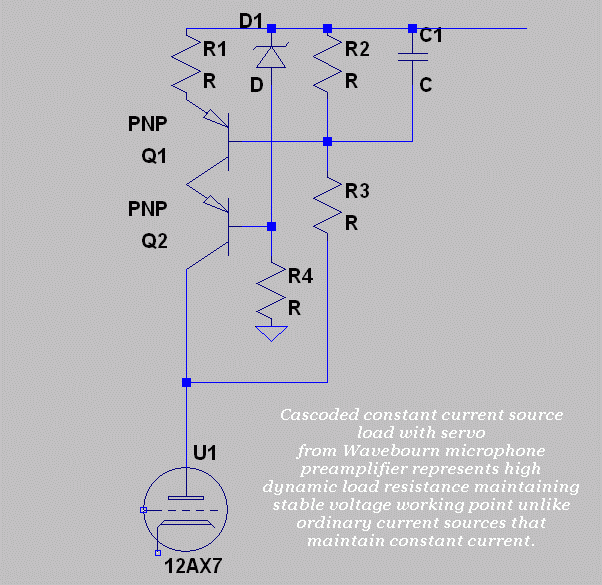enthalpystudios
Well-known member
quick question.. I'm trying to slowly learn this stuff, thought perhaps you guys may have some insight.
must a cascode utilize the same two triodes? and further more, must those triodes be a) matched or b) of the same valve?
I was thinking about something I could do with what I have lying around, which happens to be ef86's and 6sn7's, some cinemag input transformers, and some stancor outputs. the stancors primary inductance is perhaps not as high as it should be, so I thought that the amp should have a very low output impedance as is.
so I thought about an ef86 rc gain stage into a 6sn7 cathode follower.
but this cascode design intrigues me, so I thought about using the ef86 as a triode, cascode with one triode of the 6sn7, and the other triode from the 6sn7 as a cathode follower.
are there any blaring holes in my initial plan?
thanks to anyone who may have some input for a tube newb
must a cascode utilize the same two triodes? and further more, must those triodes be a) matched or b) of the same valve?
I was thinking about something I could do with what I have lying around, which happens to be ef86's and 6sn7's, some cinemag input transformers, and some stancor outputs. the stancors primary inductance is perhaps not as high as it should be, so I thought that the amp should have a very low output impedance as is.
so I thought about an ef86 rc gain stage into a 6sn7 cathode follower.
but this cascode design intrigues me, so I thought about using the ef86 as a triode, cascode with one triode of the 6sn7, and the other triode from the 6sn7 as a cathode follower.
are there any blaring holes in my initial plan?
thanks to anyone who may have some input for a tube newb


































